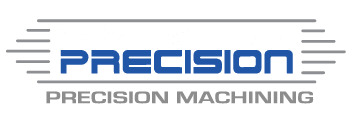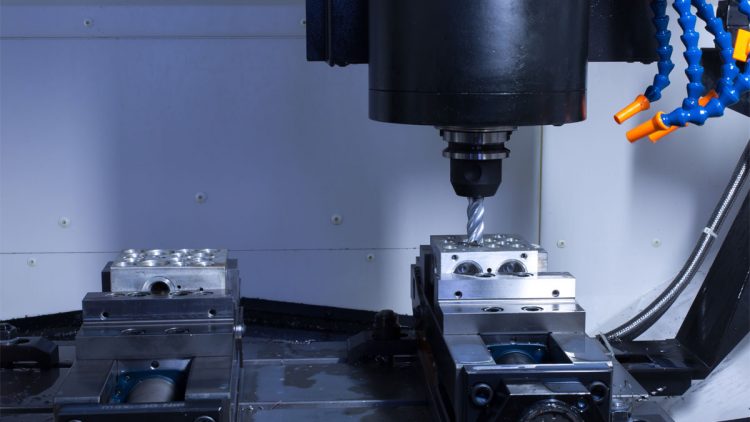What is Machining?
Machining is a manufacturing technique in which the desired shape is produced by removing material from a larger piece. It is used for creating finished products and for raw material processes. These processes are also referred to as subtractive manufacturing processes. Complicated parts usually require the use of several machining processes along with each other.
A lot of machining processes have high command over the material removal for maximum accuracy. Just about all materials, including metals, ceramics, wood, plastics, glass, etc., support machining processes.
How Machining Works?
Machining processes are reliant on a machine tool to work on the raw material to create the wanted shape. Today’s machine tools are mainly automated. They use built-in computing to translate the commands and work on the piece. The technique of commands is subject to the type of technology that the machine uses. A lot of current machining tools are based on Computer Numerical Control (CNC), in which utilizes CAM programming.
Various Phases of Machining Processes
Machining processes go through several phases to complete the pieces production. These various stages are:
Designing Piece: For machine-driven production using a CNC machine, a graphic design of the piece is created. It then gets saved as a Computer Aided Design (CAD) file. Minute adjustments and hand-operated machining may not require designs.
Creating Computer Aided Manufacturing File: The CAM file includes the G-code that the machine can comprehend. The programmer transforms the CAD file into CAM form. An operator then loads the file into the machine. For a machine that doesn’t have CNC, the CAM file is not required.
Machine Configuration: Each machine requires to be configured before initiating the machining process. Configuration includes loading the piece, adjusting the machine settings, and guaranteeing tight connections.
Machining: The machine starts initiating once the configuration is complete. The configuration is done in front of an operator.
Removal: The finished piece is then removed from the machine. It is then sent for secondary assembly or added machining processes as required.
Different Types of Machining Operations
The extent of applications of the machining process have led to the advent of many kinds of machining processes and operations. The following eleven most notable machining kinds are:
- Milling
- Boring
- Broaching
- Drilling
- Grinding
- Turning
- Reaming
- Planing
- Sawing
- Water Jet Cutting
Learn more about the types of machining operations
Advantages of Machining
A typically asked question concerning machining is ‘Does machining come with any advantages?’ Assessing the advantages of machining turns even more prevalent when considering the close competitiveness with additive manufacturing methods. Below are some of the advantages that machining provides:
Unlimited Materials:
Machining methods can work on all kinds of materials. This is a significant advantage over additive manufacturing methods which work only on a restricted set of materials.
Surface Finish:
The machining process produce a very smooth surface on the work piece. An even further smoothness can be attained with processes such as grinding. Processes such as etching can further push the boundaries of what is possible in surface finishing terms.
Precision:
CNC machining provides some of the most minute tolerances in industrial manufacturing methods. In A lot of CNC machining processes falls under the umbrella terminology of ‘precision machining’. These tolerances could be as low as +/- 0.001″.
Rate of Production:
CNC machining are high-speed processes. As a result, it can easily fulfill the need of mass production. In addition, methods such as multi-axis machining further speeds up the rate of production.
Consistency:
The machining process is highly dependable in terms of results. Consistency is a significant requirement for most sectors. Machining methods always produce matching parts.
Less Labor Intensive:
CNC machines are highly automated devices. It unburdens most of the human labor for other high-priority duties. CNC machines generally require labor only for loading and un-loading of pieces. Other than that, only one operator is adequate to manage the machine operations.
East Valley Precision – Custom Machinery Specialists
East Valley Precision offers custom CNC Turning in the Chandler, Arizona and surrounding areas. When you need precision CNC turning and milling contact East Valley Precision. Call us at 480-288-6601 for more information or use our form for a quote.

